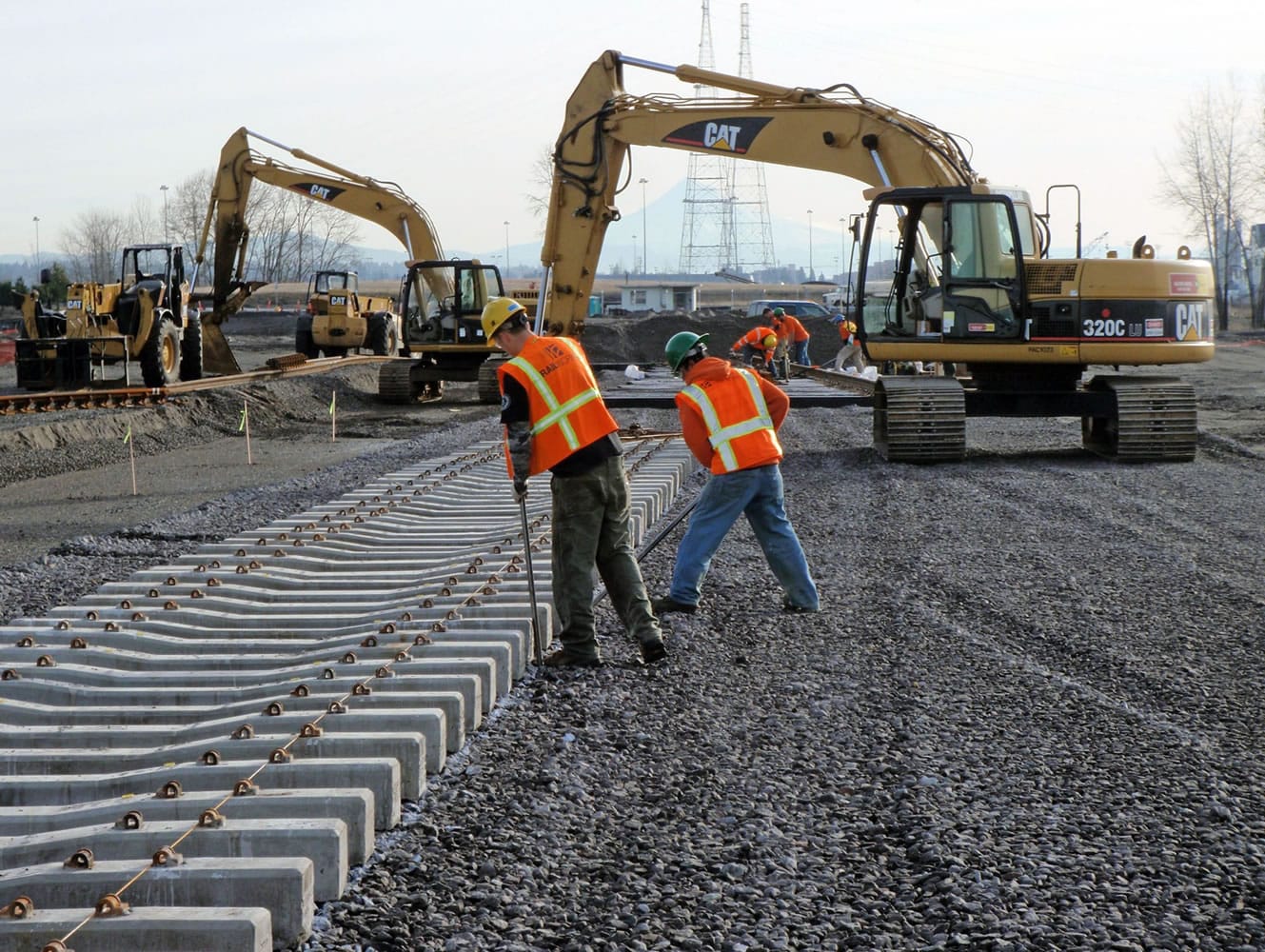The port expects to create 1,000 permanent jobs in the next five to 10 years as it expands its rail capacity, helps existing companies expand their operations, and builds out Terminal 5 — where Australian mining giant BHP Billiton plans to build a potash export facility.
Port officials forecast that the West Vancouver Freight Access project, which the port has already been constructing incrementally, will create about 4,000 construction jobs during the life of the project.
The port’s rail-focused spending plan this year includes a hike in property taxes of 1 percent, bumping up the port’s property tax collections by about $99,000 to roughly $10 million.
The owner of a property with an assessed value of $250,000 will pay $103.61 — up $1.97 from 2011 — for the port’s share of property tax collections. The port’s 111-square-mile taxing district encompasses 300,000 property taxpayers.The port plans to borrow from the federal government to help pay for its freight rail project, and officials say the 1 percent increase in property tax revenue is needed to show lenders the port is financially stable.
Multiple projects
The expansion of rail track, coupled with the port’s role as an owner of industrial land and as a handler of everything from wind energy components to Subaru automobiles, point to a year ahead that will be filled with significant turning points. For example, Farwest Steel Corp. is expected this fall to launch operations at a new steel fabrication plant it’s building on land it purchased from the port. The facility could eventually employ 228 people.
Meanwhile, port managers are negotiating with BHP Billiton to secure a long-term lease agreement with the company. BHP Billiton wants to build an export center for potash — a natural mineral fertilizer used to improve crop yields — on roughly 60 acres of the port’s 218-acre Terminal 5.
BHP Billiton, which expects to invest several hundred million dollars in the project and to create 40 jobs, wants its export facility at the port to go into operation by 2015.
BHP Billiton would transport potash by rail to the port, where it would then be loaded onto ships bound primarily for Asia. The company would haul the potash from a mine it’s developing in Canada’s Saskatchewan Basin.
Potash is a nonflammable salt considered to be nontoxic to aquatic organisms by the U.S. Environmental Protection Agency, according to the port. At Terminal 5, the potash would be stored in fully enclosed facilities.
The port currently handles about 5 million metric tons of freight annually. With BHP Billiton coming and United Grain Corp. — another port tenant — expanding, the port will, by the early 2020s, handle 15 million metric tons of freight annually, according to Larry Paulson, the port’s executive director. “We’ll triple our capacity.”




